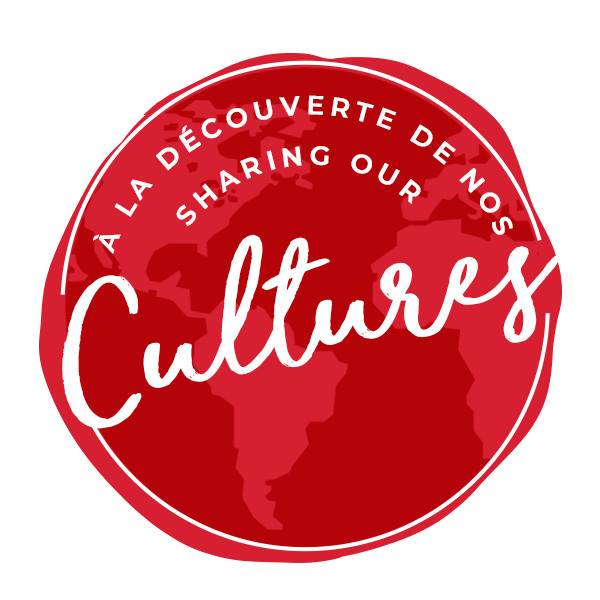Rwanda
History:
It is said that Rwanda might have been inhabited in the 15th Century. It was colonized by Belgium and Germany in the 19th Century. Rwanda received its independence in 1961 and that resulted in having its first President. An ethnic issue resulted between the Hutu and Tutsi. The first President was replaced and the second President worsened the situation. In 1991, a civil war started in Rwanda.
In 1994 the ethnic issue resulted in Genocide against the Tutsis. Millions of Tutsis and moderate Hutus died. That left the country in a big tragedy for a few years. Nowadays Rwanda is struggling to rebuild the country through different domains and is at a surprising level.
Musical Instruments:
These instruments show how the environment influences our culture. The musical instruments are well known and are played during cultural events to entertain people, like during marriages, and Itorero which is known a Cultural Festival in Rwanda.
Ingoma is a drum made from the trunk of a tree and is covered by animal skin to create a unique sound.
Ikembe is made from wood similar to trough-zither. It is a rectangular wooden sound box.
Rwanda is situated in the South East of Africa
Description:
Blue: Symbolic of happiness and peace
Yellow: Symbolic of potential and real economic development
Green: Symbolic of the country’s prosperity
The sun and the rays represent Enlightenment.
Languages:
The official languages are Kinyarwanda as the mother tongue, and English and French as second languages.
Natural Resources:
Natural resources in Rwanda include Gold, Cassiterite, Tungsten, Hydro power, and Tungsten.
Umuduri
Umuduri is a string instrument made out of plant fiber, animal gut,
and metal wire attached to a bow.
The Umuduri is a musical bow consisting of a string and is supported by a flexible wooden string bearer or bow. A gourd is attached to the bow to act as a resonator. A gourd is a hard-skinned fruit which grows in tropical countries like Rwanda. Two loops bring the string closer to the bow and a third loop, the most important one, divides the string into two unequal lengths. This loop is attached to the gourd resonator by means of a cord. To keep the resonator and the musical bow apart, a cloth or a pad made of banana peel is placed between the two to ensure that there is no direct contact that might interfere with the sound. All the parts of the Umuduri are found in the environment.
Inanga
Inanga (trough-zither) made out of wood.
The Inanga is usually played solo and the performer sings his own songs about historical events, personal experiences, or everyday incidents.
The performer remains seated while he plays, resting the Inanga vertically on his lap. Holding the instrument with the little finger of his left hand, he uses the other fingers of his left hand to pluck the top four strings and the fingers of his right hand to pluck the bottom four strings. The strings are plucked using the fingertips.
Only open strings are used, hence one fixed note is produced for each string. One technique sometimes used is to lightly touch the string at certain points and then pluck it to produce harmonics. Tapping on the soundboard with the fingernails adds to the rhythmic sound.
